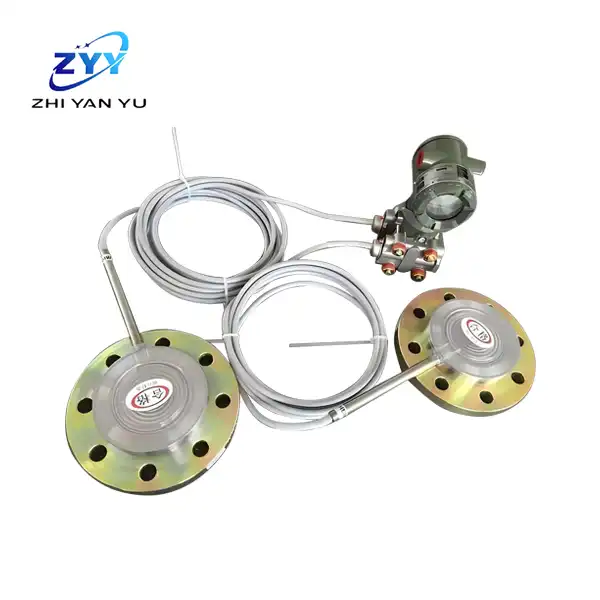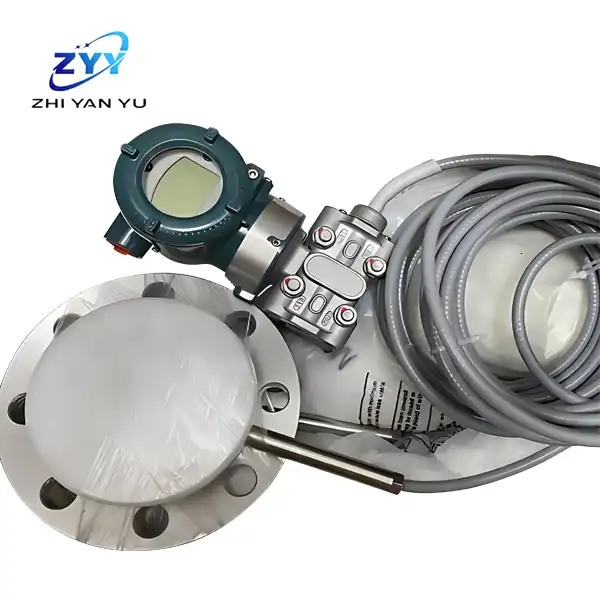- English
- French
- German
- Portuguese
- Spanish
- Russian
- Japanese
- Korean
- Arabic
- Greek
- German
- Turkish
- Italian
- Danish
- Romanian
- Indonesian
- Czech
- Afrikaans
- Swedish
- Polish
- Basque
- Catalan
- Esperanto
- Hindi
- Lao
- Albanian
- Amharic
- Armenian
- Azerbaijani
- Belarusian
- Bengali
- Bosnian
- Bulgarian
- Cebuano
- Chichewa
- Corsican
- Croatian
- Dutch
- Estonian
- Filipino
- Finnish
- Frisian
- Galician
- Georgian
- Gujarati
- Haitian
- Hausa
- Hawaiian
- Hebrew
- Hmong
- Hungarian
- Icelandic
- Igbo
- Javanese
- Kannada
- Kazakh
- Khmer
- Kurdish
- Kyrgyz
- Latin
- Latvian
- Lithuanian
- Luxembou..
- Macedonian
- Malagasy
- Malay
- Malayalam
- Maltese
- Maori
- Marathi
- Mongolian
- Burmese
- Nepali
- Norwegian
- Pashto
- Persian
- Punjabi
- Serbian
- Sesotho
- Sinhala
- Slovak
- Slovenian
- Somali
- Samoan
- Scots Gaelic
- Shona
- Sindhi
- Sundanese
- Swahili
- Tajik
- Tamil
- Telugu
- Thai
- Ukrainian
- Urdu
- Uzbek
- Vietnamese
- Welsh
- Xhosa
- Yiddish
- Yoruba
- Zulu
Is a Differential Pressure Transducer the Same as a Transmitter?
2024-07-13 09:19:49
Understanding the difference between a differential pressure transducer and a transmitter is essential for anyone working with industrial measurement and control systems. Both devices play a crucial role in monitoring and controlling pressure differences in various applications. This blog will explore the distinctions between these two devices, focusing on the Yokogawa EJA118E, a leading product in the field. By answering some of the most commonly asked questions, we aim to provide a comprehensive understanding of how these devices function and their applications.
What is a Differential Pressure Transducer?
A differential pressure transducer is a device that measures the difference in pressure between two points and converts this measurement into an electrical signal. This signal is then used to monitor and control processes in various industries. The Yokogawa EJA118E is known for its high accuracy and reliability in differential pressure measurement.https://www.zyyinstrument.com/differential-pressure-transmitter/yokogawa-eja118e
How Does a Differential Pressure Transducer Work?
A differential pressure transducer works by using a sensing element, typically a diaphragm, that responds to pressure differences between two points. The diaphragm's deflection is proportional to the pressure difference, and this deflection is converted into an electrical signal. The Yokogawa EJA118E uses advanced sensing technology to provide accurate and stable measurements, making it suitable for critical applications.
Applications of Differential Pressure Transducers
Differential pressure transducers are used in a variety of applications, including flow measurement, level measurement, and filter monitoring. The Yokogawa EJA118E is particularly effective in these applications due to its high accuracy and robust construction. It is commonly used in industries such as oil and gas, chemical processing, and water treatment.
How is a Differential Pressure Transmitter Different?
A differential pressure transmitter not only measures the pressure difference but also conditions and transmits the signal to a control system. The Yokogawa EJA118E, while often referred to as a transducer, also functions as a transmitter by providing conditioned output signals compatible with industrial control systems.
Key Features of the Yokogawa EJA118E
The Yokogawa EJA118E offers several features that distinguish it from other differential pressure transmitters. These include high accuracy, long-term stability, and support for multiple communication protocols such as HART, FOUNDATION Fieldbus, and BRAIN. These features make it an ideal choice for integrating into complex control systems.
Benefits of Using a Differential Pressure Transmitter
Using a differential pressure transmitter like the Yokogawa EJA118E provides several benefits, including improved process control, reduced maintenance requirements, and enhanced system reliability. The transmitter's ability to provide accurate and stable measurements ensures optimal performance in various applications.
What Factors Should I Consider When Choosing a Differential Pressure Transducer or Transmitter?
Choosing the right differential pressure transducer or transmitter involves considering several factors to ensure it meets the requirements of your application. The Yokogawa EJA118E is designed to address many of these factors, making it a versatile choice for various industries.
Accuracy and Stability
One of the primary considerations is the accuracy and stability of the device. The Yokogawa EJA118E is known for its high accuracy, with a typical value of ±0.065% of the span. This level of accuracy ensures reliable and precise measurements, which are essential in critical applications such as chemical processing and pharmaceuticals.
Range and Span
Another important factor is the range and span of the device. The EJA118E provides a wide range of differential pressure measurements, making it suitable for various applications. It is essential to choose a device that can accurately measure the pressure range required by your system to ensure optimal performance.
Environmental Conditions
The operating environment plays a significant role in the selection process. The EJA118E is designed to withstand harsh conditions, including extreme temperatures, high humidity, and corrosive environments. Its robust construction and advanced materials ensure reliable operation even in the most challenging conditions.
Communication Protocols
Modern industrial systems often require devices that can communicate seamlessly with other components. The EJA118E supports multiple communication protocols, including HART, FOUNDATION Fieldbus, and BRAIN. This versatility allows for easy integration into existing systems and enhances overall system efficiency.
Cost and Maintenance
Finally, the cost of the device and its maintenance requirements should be considered. While the initial cost of the EJA118E may be higher than some other models, its durability, accuracy, and low maintenance needs often result in lower overall costs over the device's lifespan.
How to Integrate the Yokogawa EJA118E into Your System?
Integrating the Yokogawa EJA118E into your system requires careful planning and consideration of several factors. Here are some steps to ensure successful integration:
Assess Your System Requirements
Before integrating the EJA118E, assess your system's requirements, including the range of differential pressure measurements, environmental conditions, communication protocols, and accuracy needs. Understanding these requirements will help you determine if the EJA118E is the right fit for your application.
Plan the Installation
Plan the installation process, including the mounting location, wiring, and connection to other system components. Ensure that the installation site meets the transmitter's environmental specifications and allows for easy access for maintenance and calibration.
Configure the Transmitter
Configure the EJA118E according to your system's specifications. This includes setting the range and span, calibrating the transmitter, and configuring the communication protocols. Proper configuration ensures accurate measurements and seamless integration with your system.
Test the System
After installation and configuration, test the system to ensure that the EJA118E is operating correctly and providing accurate measurements. Perform a thorough system check, including verification of communication with other devices and monitoring of real-time data.
Provide Training and Documentation
Provide training for personnel responsible for operating and maintaining the transmitter. Ensure that they understand the transmitter's features, diagnostics, and maintenance procedures. Additionally, provide documentation, including user manuals and technical specifications, to support ongoing operation and maintenance.
Regular Maintenance and Calibration
Schedule regular maintenance and calibration to ensure the transmitter continues to operate accurately and reliably. Follow the manufacturer's recommendations for maintenance intervals and procedures to maximize the transmitter's lifespan and performance.
What Are the Long-Term Benefits of Using the Yokogawa EJA118E?
The long-term benefits of using the Yokogawa EJA118E in your system include improved process control, reduced maintenance costs, and enhanced system reliability. Here are some of the ways the EJA118E ensures long-term benefits:
High-Quality Materials and Construction
The EJA118E is constructed from high-quality materials that are resistant to corrosion, extreme temperatures, and harsh environmental conditions. This robust construction ensures that the transmitter can operate reliably even in demanding environments, reducing the need for frequent replacements and maintenance.
Advanced Diagnostics
The EJA118E features advanced diagnostics and self-checking functions that help in early detection of potential issues. These diagnostics provide real-time data on the transmitter's performance, allowing for proactive maintenance and minimizing downtime. Early detection of issues also helps prevent costly failures and ensures continuous operation.
Long-Term Stability
The EJA118E offers excellent long-term stability, which is crucial for maintaining accurate measurements over extended periods. This stability reduces the need for frequent recalibration and ensures consistent performance, resulting in cost savings and improved efficiency.
Comprehensive Support and Service
Yokogawa provides comprehensive support and service for the EJA118E, including technical assistance, calibration services, and spare parts availability. This support ensures that users can maintain and operate their transmitters effectively, maximizing their lifespan and performance.
Proven Track Record
The EJA118E has a proven track record of reliable performance in various industries. Its widespread use and positive feedback from users demonstrate its reliability and effectiveness in different applications. This proven track record gives users confidence in the transmitter's long-term performance.
Conclusion
Choosing the right differential pressure transducer or transmitter is crucial for ensuring the efficiency, safety, and reliability of your system. The Yokogawa EJA118E, with its high accuracy, robust construction, advanced sensing technology, and versatile communication options, stands out as an excellent choice for various industrial applications. By understanding your system's requirements and considering factors such as accuracy, range, environmental conditions, and maintenance needs, you can make an informed decision that will benefit your operations in the long term.
For more information on the Yokogawa EJA118E and other pressure measurement solutions, please contact us at lm@zyyinstrument.com.
References
"Differential Pressure Transmitters: An Overview," Process Instrumentation.
"How to Choose the Right Pressure Transmitter," Automation World.
"Yokogawa EJA118E Product Specifications," Yokogawa Official Website.
"Industrial Pressure Measurement Applications," Instrumentation Tools.
"Understanding Differential Pressure Transducers," Control Global.
"Advanced Sensing Technologies in Pressure Measurement," ISA.org.
"Flow Measurement Using Differential Pressure," Hydrocarbon Processing.
"Level Measurement Techniques," Chemical Engineering.
"Filter Monitoring in HVAC Systems," ASHRAE Journal.
"Leak Detection Methods in Pipelines," Pipeline & Gas Journal.
YOU MAY LIKE

Yokogawa EJA118E
Fast response, remote setting, diagnostics and optional pressure alarm output.
Multi-sensing technology detects abnormalities such as blockage in the pressure pipeline.
FF fieldbus type is available, and the standard configuration is TÜV certified and meets SIL 2 requirements.

EJX118A Yokogawa
Fast response, remote setting, diagnostics and optional pressure alarm output.
Multi-sensing technology detects abnormalities such as blockage in the pressure pipeline.
FF fieldbus type is available, and the standard configuration is TÜV certified and meets SIL 2 requirements.
